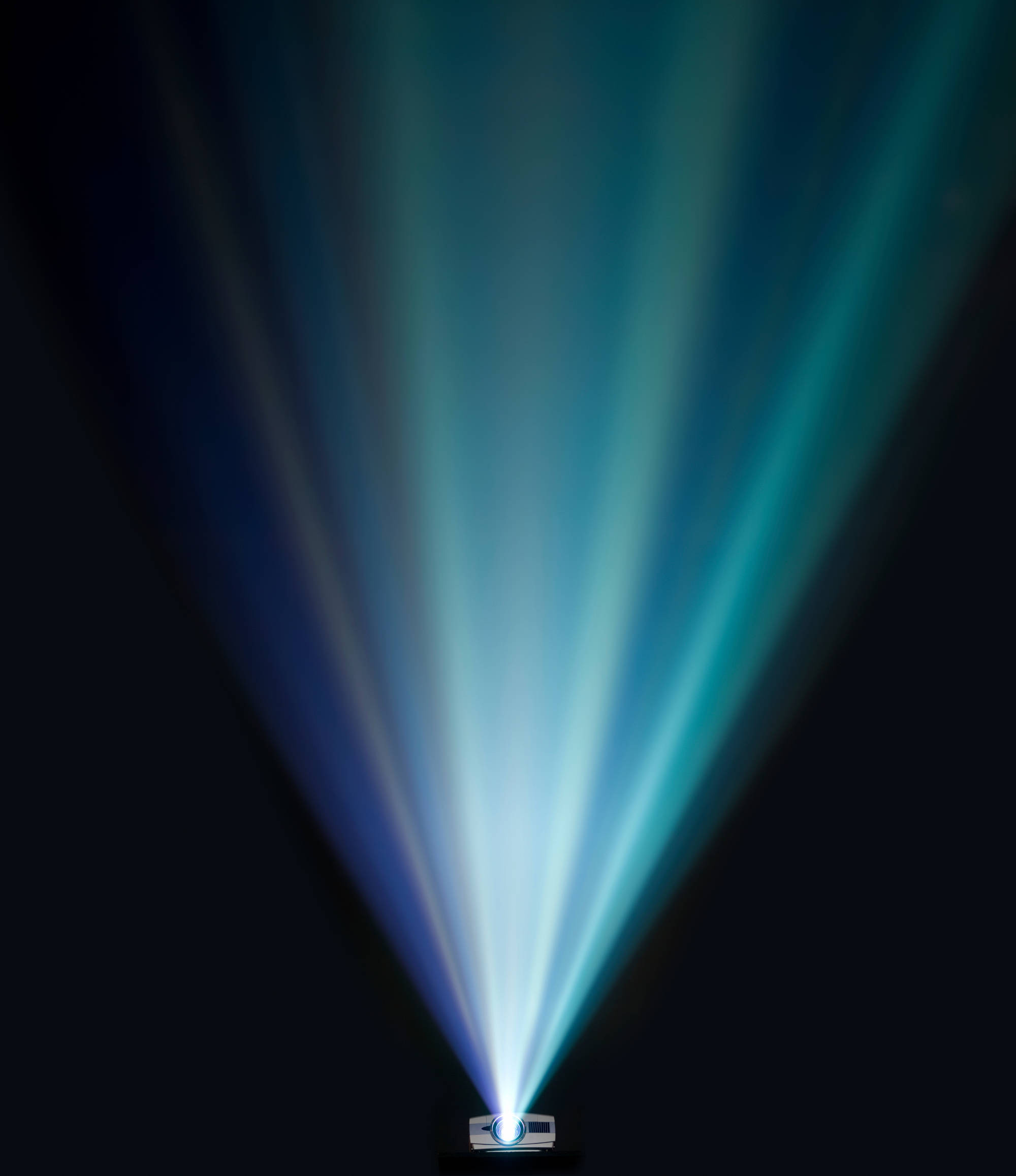Giving Blue Light the Red Light
Interactive flat panels as well as other digital screen technology and electronic devices are a source of strong blue light waves that are hazardous to staff and students’ eyes and overall health.

The eyes are essential to learning. They help the brain retain information and decipher communication cues that are necessary for collaboration. But as the modest schoolhouse blackboard gives way to interactive flat panels (IFPs) as the new gold standard for increasing engagement and success in the classroom, prioritizing eye health is more important than ever before. IFPs as well as other digital screen technology and electronic devices are a source of strong blue light waves that are hazardous to staff and students’ eyes and overall health.
On the lighting spectrum, blue light sits right next to the familiar UV rays that are produced by the sun and other powerful light sources. UV rays are invisible electromagnetic rays, the harmful effects of which can easily be prevented by slipping on a pair of sunglasses. Blue light, however, is short, high-energy visible (HEV) wavelengths. Because the rays are shorter, they flicker more frequently than UV rays causing glare that reduces visual contrast and sharpness.
While blue light can be beneficial in small doses — helping regulate the body’s wake and sleep cycles, moods, energy, memory, and attention — in excess, it causes eyestrain, headaches, physical and mental fatigue. The shorter HEV rays penetrate the eye more deeply than a UV ray and prolonged exposure has been linked to retinal damage and macular degeneration. But that’s not all. According to a study published by Environmental Health Perspectives, a peer-reviewed journal published by the National Institute of Environmental Health Sciences, exposure to blue light may increase the risk of cancer.
Consumers are taking notice of the importance of shielding their eyes from blue light and the mobile device world has responded by touting the benefits of putting away devices and even created a night mode that switches off hazardous blue light. Unfortunately, screen use in the classroom is only increasing as the benefits of interactivity and collaboration proliferate.
To understand blue light, you first have to understand the science of eyesight. Eyes are the windows to the environment. Because of eyesight, the brain can collect, understand, and store information. The steps to this process first begins when light enters the eye. The pupil and iris widen and constrict, depending on the amount of light present, which then travels through the lens and the cornea. The lens and cornea focus the light onto the back of the eye where the retina — the area of the eye at risk for damage from blue light emissions — resides and is translated into color information. From there, the brain takes over to tell the person what they’re looking at. Healthy eyes are essential for this to happen and for allowing students to be engaged and work most efficiently and productively in the classroom.
Now schools, like consumers, can do something about the effects of blue light. TÜV Rheinland, a professional certification organization and the world’s leading authority on display testing, has developed a display-specific Low Blue Light testing standard that measures a display’s blue light intensity, wavelength, and on-screen flickering. To be verified as meeting these important safety and performance aspects for users, certified flat panels undergo and pass this stringent testing. New IFPs featuring low blue light filtering effectively eliminate the harmful blue light emissions to keep teachers and students eyes healthy while they work.
It’s inevitable that students will only be increasing their time in front on interactive flat panels, but eye problems and risk for other health issues don’t have to be the price of learning. Schools can equip their classrooms with the technology that can protect, making a huge difference in overall health while fostering active learning opportunities.
Tools and ideas to transform education. Sign up below.
Bob Wudeck serves as Senior Director, Business, Education, & CinePro Solutions for BenQ, a leading global visual display solutions provider. He can be reached at Bob.Wudeck@BenQ.com.
